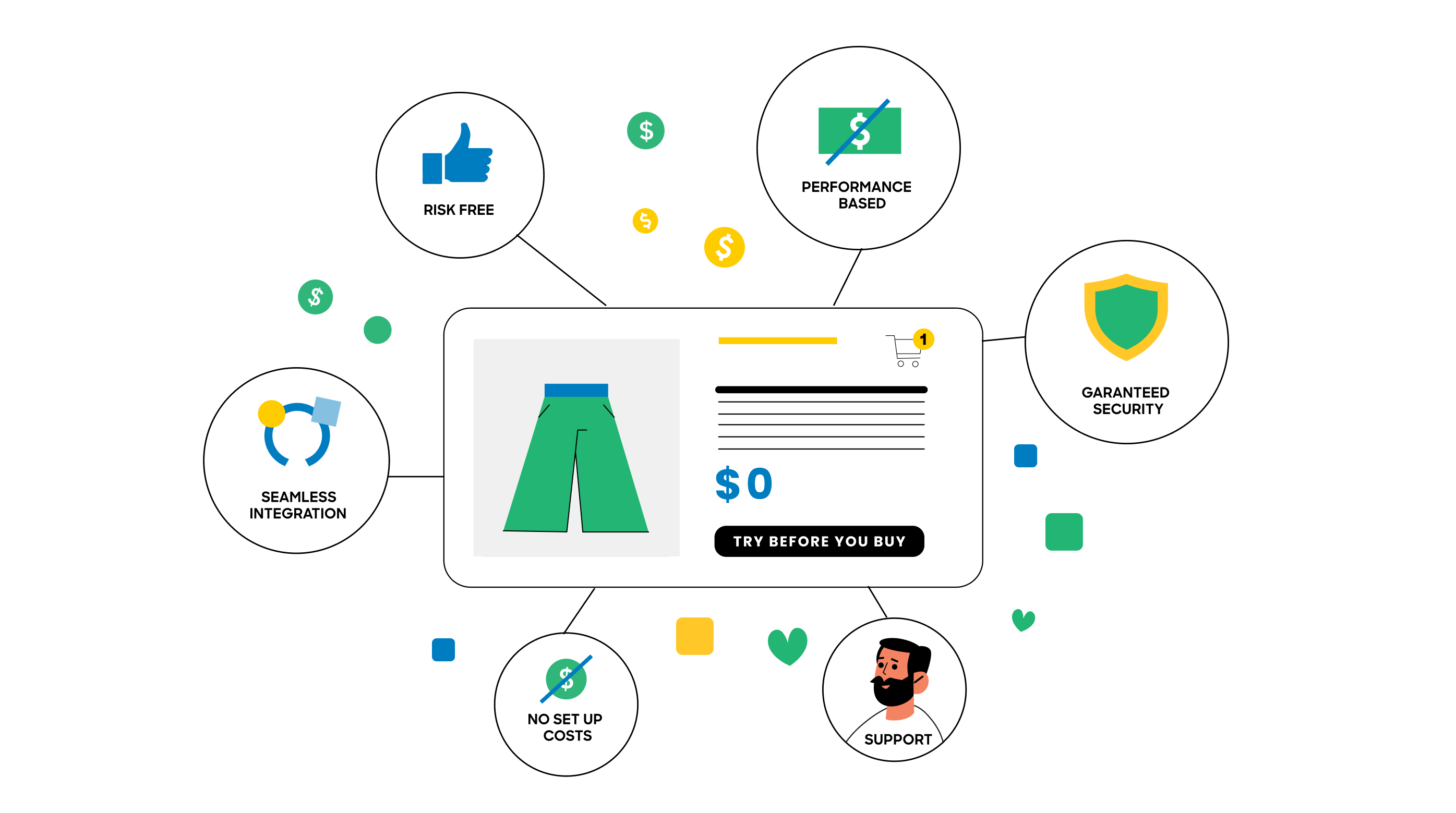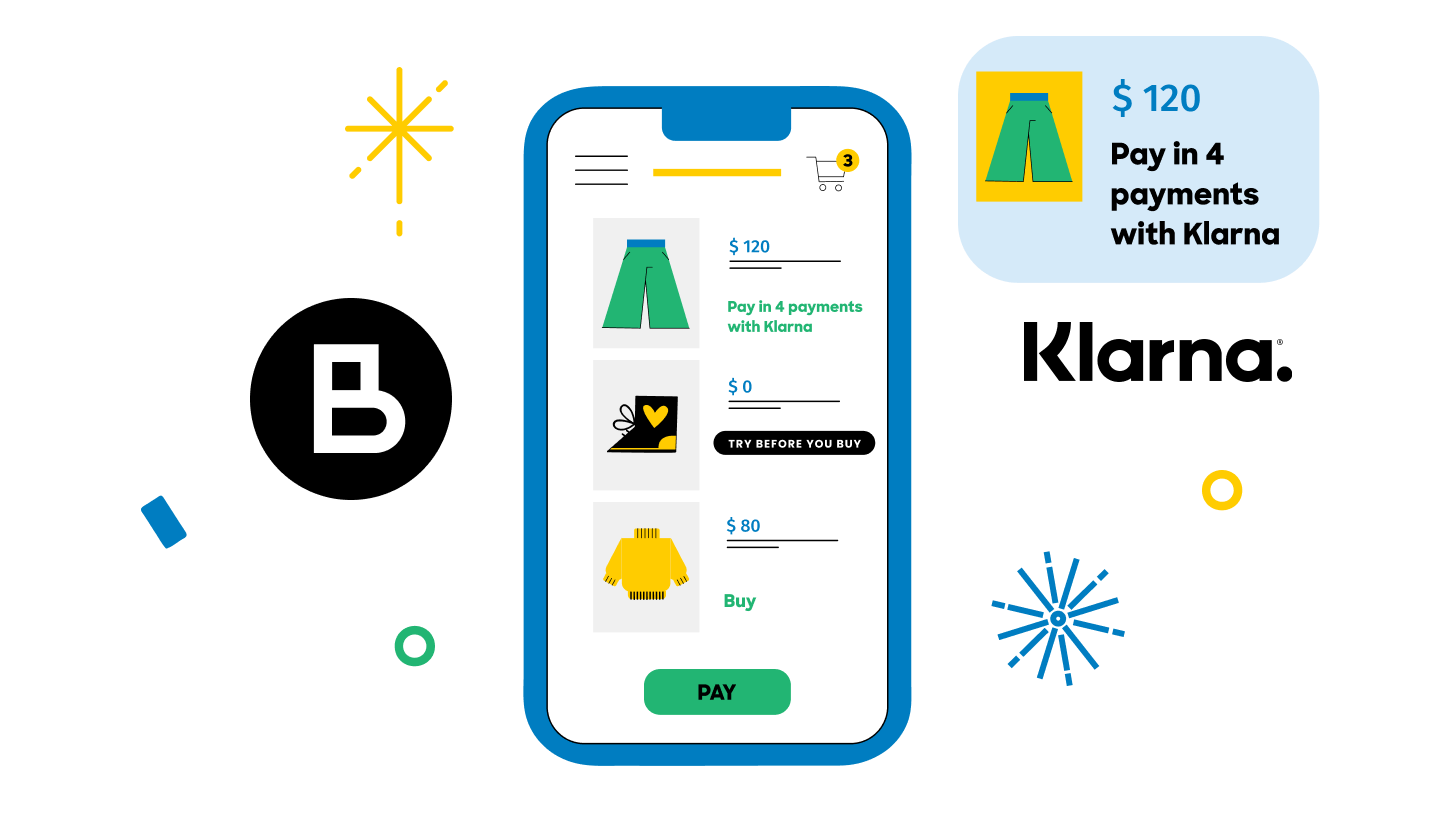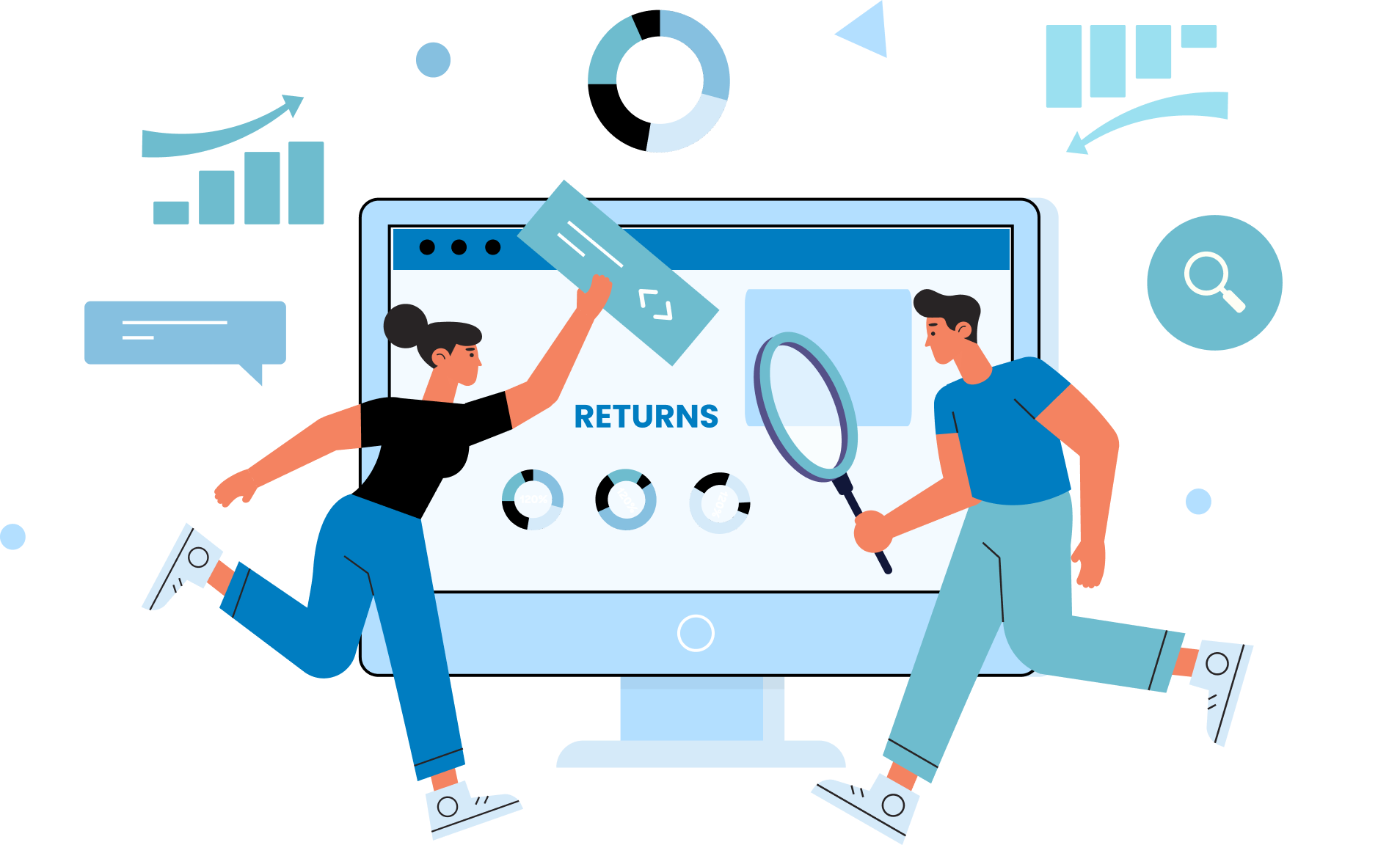Making Cents 💰 of Try Before You Buy
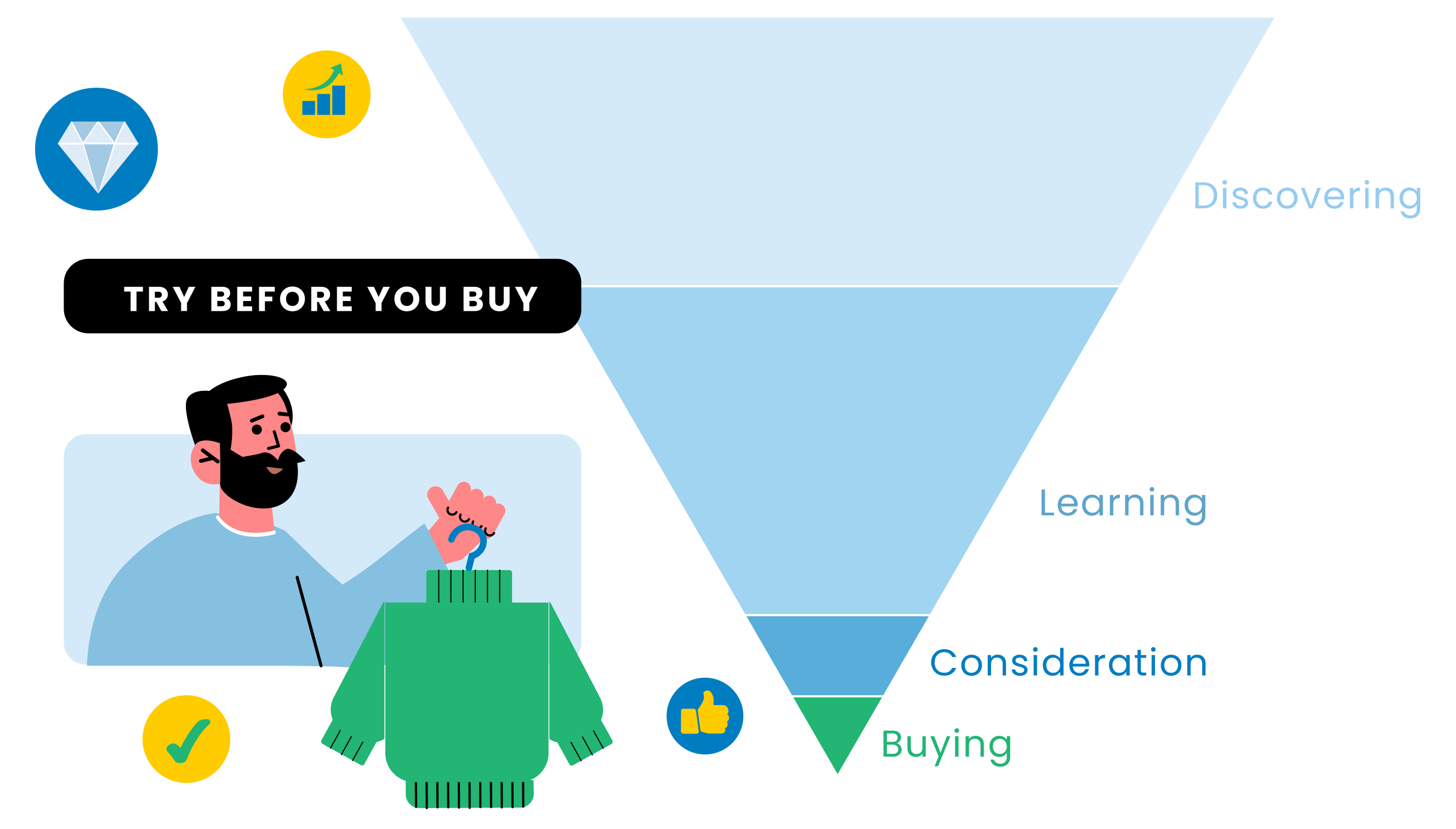
Recomended articles:
Try Before You Buy is a great consumer offer. There’s no debate. I’m a consumer and I’m 10x more confident in my purchases when I can touch and see the product. This is the tried and true shopping experience in brick and mortar stores.
What’s less obvious is how to evaluate the try before you buy opportunity as an ecommerce merchant. I want to share the framework we’ve developed with our customers enabling them to evaluate TBYB.
The promise of try before you buy (TBYB) is compelling because it addresses the top reason shoppers don’t purchase - uncertainty about the product. The theory goes - remove that uncertainty and more shoppers will buy.
And this is exactly what happens. Let’s say you’re converting 2% of store visitors today into a purchase. There are another 5-7% of visitors that are considering a purchase but don’t buy. TBYB is attractive to this group and a portion of them will decide to purchase, when they would not have otherwise.
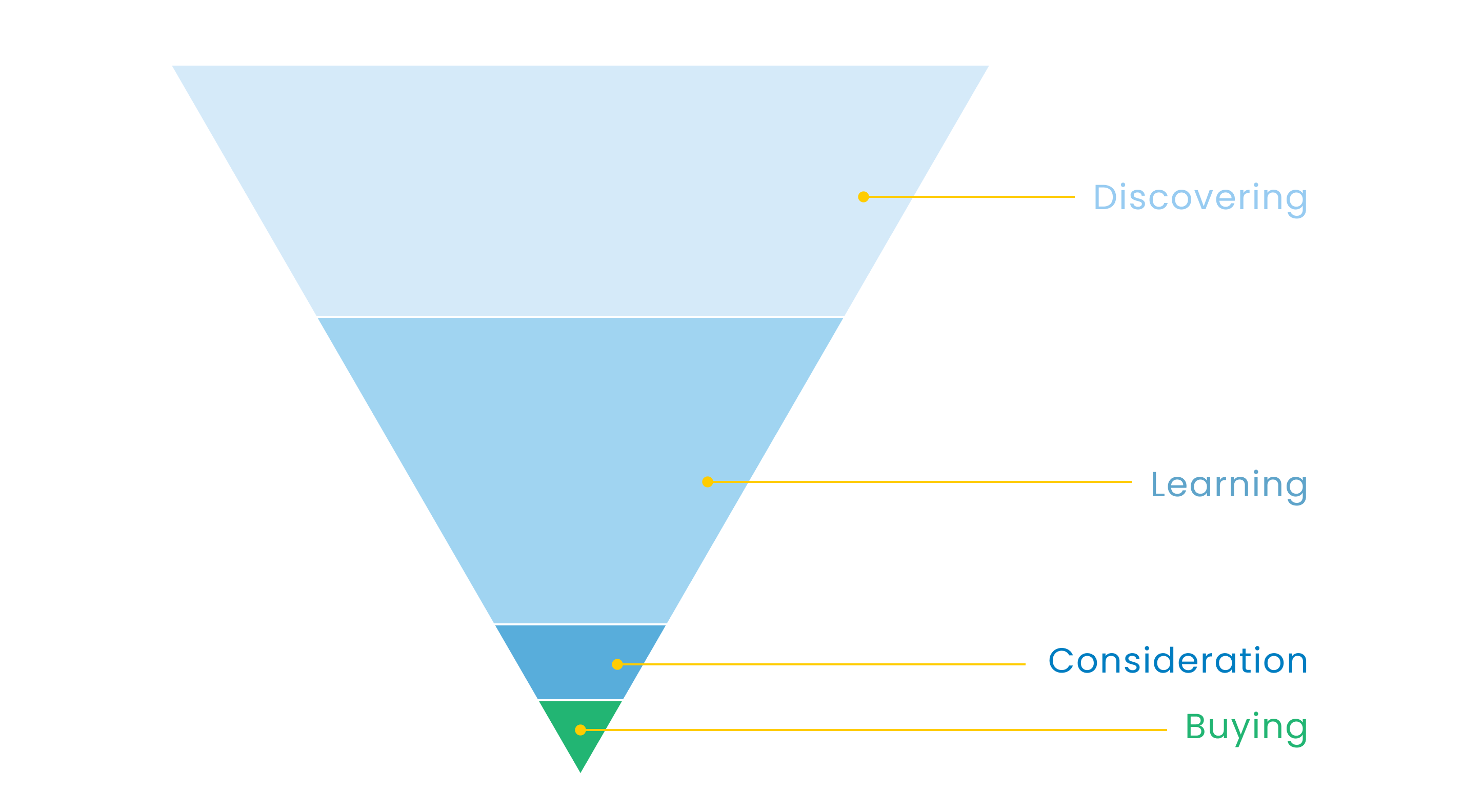
TBYB shoppers tend to add extra items to their cart or want to try a more expensive item as well. Lower risk for the shopper leads to more confident shopping and a larger order value at checkout.
Implicit in the TBYB offer to consumers is that returns are easy. And higher returns are the biggest concern, by far, for merchants considering offering TBYB. In most cases, the return rate is higher on TBYB orders. And it makes sense why - these shoppers had lower purchase intent before using TBYB; it’s a different behavior segment than existing buyers. Many of them will be convinced during the product trial, but some will not.
The best way we’ve found to evaluate the overall TBYB impact is to convert each of these factors into a common language we know well - money. Specifically, we use a profit and loss framework because it’s familiar to business operators and clearly illustrates the impact.
The simplest version of this P&L is to look at one order. We compare it to a regular pay upfront order from the Online Store channel to illustrate what changes.
Let’s start from the top:
The sum of these line items result in a slightly lower gross profit on TBYB orders. But this is not the whole story and the reason we look at the full picture when evaluating TBYB.
Next comes payment processing, which is the same across channels. The Blackcart service fee is only charged on TBYB orders.
Advertising is one of the largest expense categories, in this example we use 20% of order value for regular orders. TBYB generates incremental orders from existing website traffic, so there is no advertising cost associated with TBYB orders. Another way to think about this - without TBYB, there are no incremental orders and advertising cost remains the same.
The bottom line is profit contribution. TBYB generates a 37% increase in profit contribution vs regular paid upfront orders, and a 25x return on the Blackcart service fee.
This P&L shows how TBYB is a positive contributor to your bottom line and will increase profitability with no additional advertising spend.

